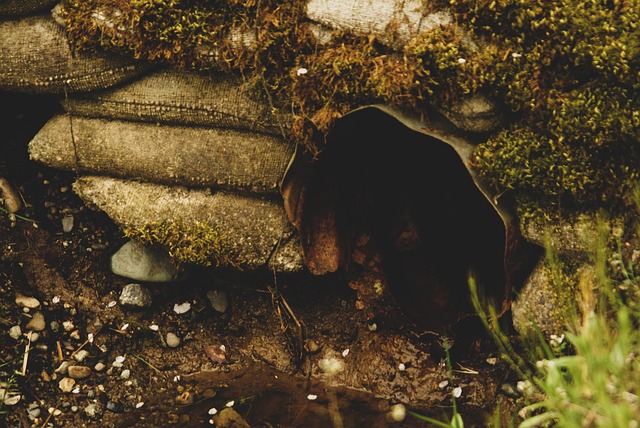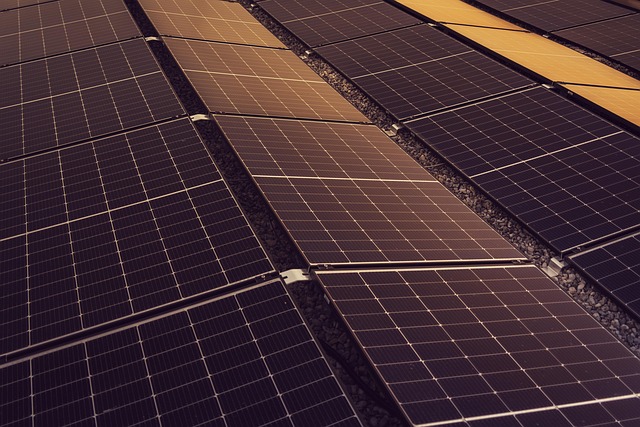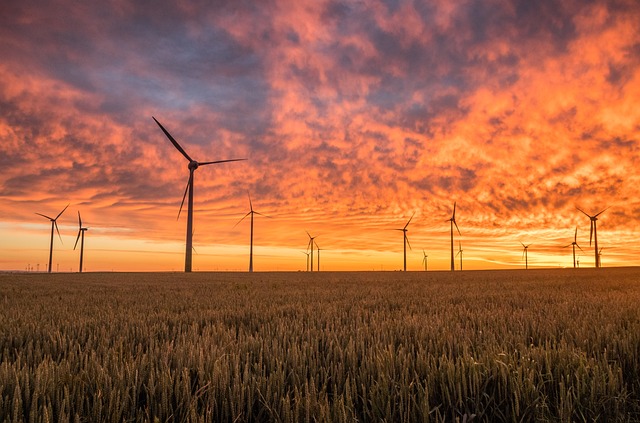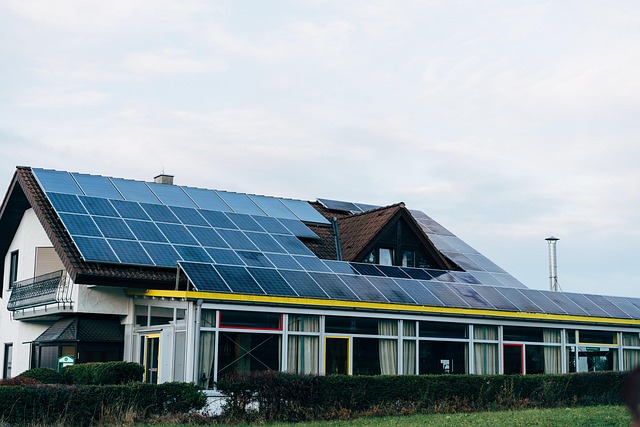In recent years, the push for green industrial development has moved from a niche interest to a central pillar of modern economic strategy. Industries worldwide are confronted with the urgent need to reduce their ecological footprint while maintaining competitiveness. By integrating green technologies and striving toward carbon neutral operations, manufacturers can not only meet regulatory demands but also unlock new efficiencies that translate into cost savings, innovation, and resilience.
Why Ecological Footprint Matters for Industry
The ecological footprint of an industry encompasses all the resources it consumes and the waste it generates, measured against the planet’s capacity to regenerate those resources. When a production chain consumes more than the Earth can replenish, it depletes natural capital, contributes to climate change, and undermines long‑term viability. Reducing this footprint is therefore not just an environmental obligation—it is a business imperative that drives better resource management, lowers operating costs, and strengthens brand reputation.
- Resource Efficiency: Lowering material inputs reduces procurement costs and exposure to price volatility.
- Waste Reduction: Minimizing by‑products shortens supply‑chain burdens and often opens avenues for secondary markets.
- Regulatory Alignment: Early compliance with emerging carbon limits can avoid future penalties and market disruptions.
Green Technologies at the Heart of Modern Manufacturing
Green technologies span a wide spectrum—from renewable energy integration and advanced waste‑valorisation to process optimisation through digital twin modelling. Their application within production facilities directly translates into higher energy efficiency and lower emissions.
Renewable Energy Integration
On‑site solar arrays, wind turbines, and biogas digesters allow factories to meet a significant portion of their energy demand with carbon‑free sources. Even a modest shift from grid electricity can reduce CO₂ emissions by thousands of tonnes per year, depending on the local grid mix.
Process Optimisation and Digitalisation
Industrial Internet of Things (IIoT) sensors feed real‑time data into machine learning models that predict equipment behaviour and optimize operational parameters. These systems adjust temperature, pressure, and feed‑stock ratios to maintain product quality while cutting energy waste.
“Digital twins are not just virtual replicas; they are dynamic engines that constantly refine process efficiency, turning data into measurable carbon savings.”
Carbon Neutral Production: From Theory to Practice
Achieving carbon neutrality means that a company’s net greenhouse gas emissions are zero. This is typically realised through a combination of direct emission reductions, energy‑sector decarbonisation, and credible offsetting. The steps are:
- Baseline Assessment: Quantify current emissions across scope 1, 2, and 3.
- Reduction Strategy: Deploy renewable energy, improve insulation, and upgrade machinery.
- Carbon Capture and Utilisation: Implement technologies that capture CO₂ from combustion processes and convert it into useful by‑products.
- Offsetting: Invest in verified projects such as reforestation or carbon‑sequestration research.
When executed strategically, these actions create a virtuous cycle: reduced emissions lower operating costs, and the financial margin can be reinvested into further green innovations.
Case Illustrations of Green Industrial Development
Numerous companies have set benchmarks by integrating green technologies into their core operations. Their experiences illustrate practical pathways to enhanced efficiency.
High‑Performance Steel Production
A leading steel manufacturer in Europe transitioned from traditional blast furnaces to a combination of electric arc furnaces powered by renewable electricity and a closed‑loop recycling system. The result was a 30% reduction in CO₂ per tonne of steel and a 15% decrease in energy consumption.
Electronics Assembly with Circularity
An electronics firm introduced a closed‑loop supply chain where end‑of‑life devices are collected, disassembled, and their components re‑integrated into new products. Coupled with LED lighting and waste‑heat recovery, the plant achieved a 20% lower ecological footprint and secured a premium market position.
Biomass‑Powered Cement Manufacturing
In the cement industry, a plant began using biomass as a partial substitute for coal in kilns. The switch not only cut CO₂ emissions by 18% but also improved kiln temperature stability, leading to higher clinker quality and reduced re‑processing costs.
Policy and Incentives Shaping the Green Transition
Governments around the world are recognising that market forces alone cannot drive the systemic change required for green industrial development. Policy tools—such as subsidies for renewable energy installations, tax credits for carbon capture, and mandatory emissions reporting—create a conducive environment for investment.
International frameworks like the Paris Agreement and the Sustainable Development Goals provide a common language for industrial actors, encouraging transparency and cross‑border collaboration. Compliance with these frameworks can unlock new financing avenues, such as green bonds and sustainability‑linked loans.
Challenges on the Path to Carbon Neutrality
Despite clear benefits, several obstacles can impede progress.
- High Up‑Front Capital: Green technologies often require significant initial investment, which can strain cash flows for small and medium enterprises.
- Technology Integration Complexity: Merging new systems with legacy equipment can disrupt operations if not carefully planned.
- Skill Gap: A workforce proficient in traditional manufacturing may lack the digital and sustainability expertise needed for modern green operations.
- Measurement Uncertainty: Accurately attributing emission reductions to specific interventions remains a technical challenge, complicating verification and reporting.
Addressing these hurdles demands coordinated action from industry leaders, academia, and policy makers to develop scalable financing mechanisms, training programs, and robust measurement standards.
Future Outlook: The Evolution of Green Industrial Development
Looking ahead, green industrial development is poised to become a defining characteristic of resilient economies. Key trends include:
- Decarbonised Supply Chains: Companies will map and optimise every link in the chain, from raw material extraction to final distribution, to minimise cumulative emissions.
- Artificial Intelligence‑Driven Efficiency: AI will predict optimal operating conditions in real time, further reducing energy use and waste.
- Circular Economy Integration: Products will be designed from the outset for reuse, refurbishment, or recycling, thereby shrinking the material intensity of entire industries.
- Hybrid Energy Systems: Coupling solar, wind, and storage solutions with carbon capture will create a flexible, low‑carbon energy backbone for factories.
By embracing these trends, industries can simultaneously achieve carbon neutrality, strengthen competitiveness, and contribute meaningfully to the broader goal of sustainable development. The transformation is not merely an environmental choice—it is an economic opportunity that will define the next era of industrial growth.




